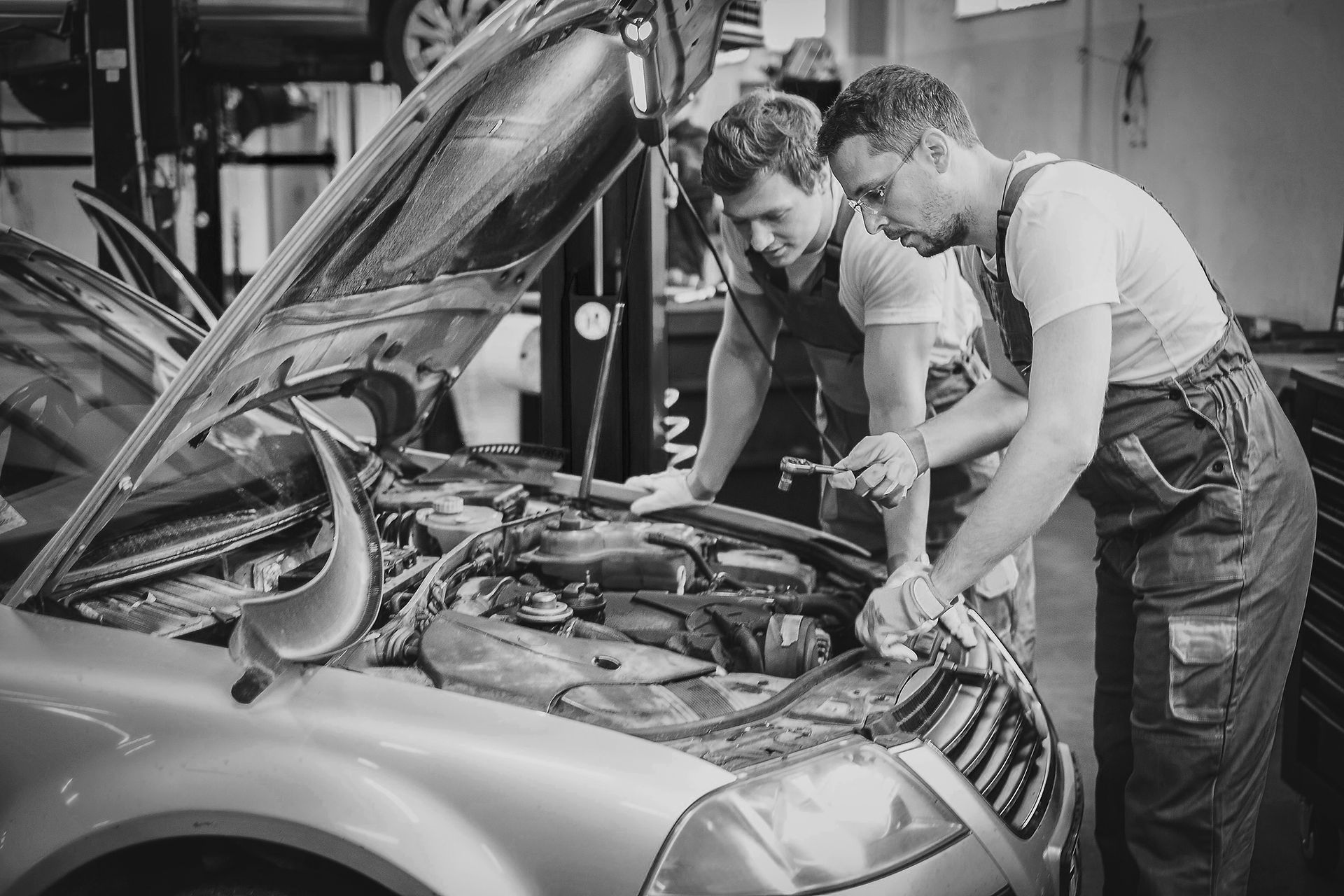

PRESSURE DIE CASTING
What is Hot-Chamber Die Casting?
Hot-Chamber Die Casting Process – a pool of molten metal is forced into the mold cavity via pressure applied by a pneumatic-powered or hydraulic-powered piston. The advantages of hot-chamber die casting include fast cycle times (up to 15 cycles per minute on average) and the convenience of melting the metal directly in the chamber/machine; a drawback to this process is its limitation to metals with low melting points only.
What is Cold-Chamber Die Casting?
Cold-Chamber Die Casting Process – use of this method requires the metal to be melted in a separate furnace then transported in precise amounts to the cold-chamber machine; this molten metal is then injected or shot into the mold by hydraulic or mechanical pistons. The use of the cold-chamber die casting process is ideal for metals with high melting temperatures; its primary disadvantage is longer cycle times, due to the additional step of transferring the molten metal from a separate furnace to the machine.
As intimated above, the metal point or metal temperature of the respective metal dictates the type of die casting process that must be applied; a synopsis of the common metals most often used in each method would include:
-
Hot-Chamber Die Casting
-
Low melting-point metals/alloys – zinc, lead, magnesium
-
-
Cold-Chamber Die Casting
-
High melting-point metals/alloys – brass, copper, aluminum
-
In general, die casting is one of the most versatile metalworking processes; consequently, the use of die casting is common across a wide range of industries for the manufacturing of parts, components, and finished products in a variety of shapes and sizes.
Pressure Die Casting Machines

HOT CHAMBER PDC - 100 TON

COLD CHAMBER PDC - 180 TON & 420 TON



